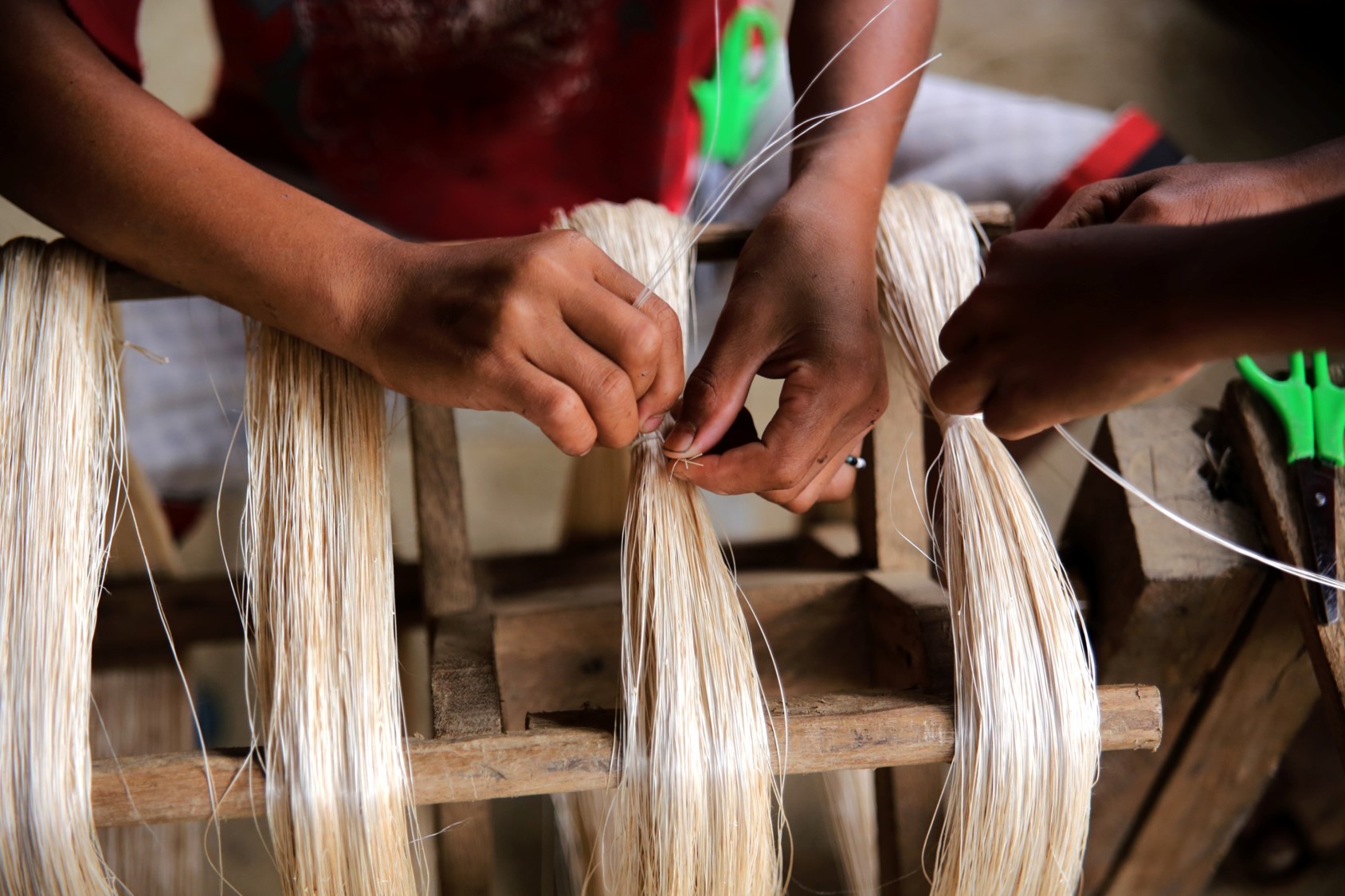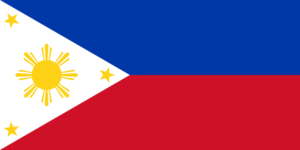
Invest in Davao Oriental
Abaca Industry
Industry Background/Situationer
The abaca industry continues to be a major source of employment and foreign exchange earnings of the Philippines. Demand for abaca is expected to grow because of its extensive uses and due to environmental and forest conservation concerns. Abaca is a viable alternative to wood as raw material for pulp and paper manufacture and it is also a preferred material to plastic and other synthetic materials. Many industries around the world are now shifting back to natural and environment-friendly raw materials. New designs in furniture and fixtures now use abaca as material. Textile, handicrafts and other industrial products from cosmetics, skin care products and toothbrushes, sausage casing, stencil papers, tissue papers, currency notes, grocery bags, and automobile parts have shifted to use of abaca as raw material, opening limitless opportunities in the value chain.
Davao Oriental is a top producer of abaca fiber in region and the fourth in the Philippines. Bulk of the province’s produce, however, are raw abaca fiber. Farmers here generally just extract abaca fiber from their harvested plants and directly sell these raw materials to abaca traders without sorting as to its quality. Local traders sells the abaca to local traders/ buying plants in Davao City , who also shipped them to their
final buyers in other parts of the country, i.e., Samar, Leyte and Bicol, for further processing into paper pulp, ropes and cordage and other abaca-based finished products.
Local “dagmay cloth” weavers, particularly the elderly natives of the Municipality of Caraga, still wear the cloth since their ancestors’ era. Perhaps, this is the prime reason why the technology still exists to this day. While this turned into an enterprise producing dagmay cloth, handicrafts, and hammocks, production is relatively low caused by the aging skilled weavers and lack of passion from the younger generation. With the fashion trends and innovations, new colors were applied to the cloths and diversified into coin purses, wallets, fashion bags, housewares, and other fashion accessories. Now, abaca material has been processed into high-value products like sinamay cloths and paper, further enhancing the price. Because of its marketability, interventions are programmed to fill the gaps and the opportunities waiting for the industry.
As of today, a total of 4,761.93 hectares are planted to abaca in the province, directly benefiting some 5,736 farmers. These planted areas are distributed provincewide with Manay having the largest area planted and the City of Mati having the lowest planted area.
QUICK FACTS:
| Total Land Area | 516,446 ha |
| Total Agricultural Area | 315,600 ha |
| Total Area Planted to Abaca | 4,761.93 ha |
| Total No of Farmers Involved | 5,736 |
| Areas Into Abaca Planting | Provincewide |
| Average Yield/Ha/Yr (Kgs) | 950-1,200 Kgs |
Average yield per hectare per year is between 950 kilograms with the maximum yield of 1,200 kilos, which means high income for the farmer
owners. Most common varieties here are Tangongon, Inosa, Bongotanon/ Laylay, and Maguindanao, compatible with the type of soil and weather conditions of the province.
To sum up, the abaca industry in the province translates into a very profitable industry generating an annual income close to P300 million.
Existing Players
• 21 Local traders
• 7 Solar driers
• 7 Stripping Centers
• 4 Stripping Machines
• Abaca Farmer-Owners
• Fiber Industry Development Authority
• Provincial Government of Davao Oriental
Investment Opportunities
• Expansion of Abaca Plantation Areas
• Abaca Stripping Machines
• Abaca Pupl Processing
• Class A abaca fiber
• Sinamay Cloth & Homestyles
• Rope/Cordage Making Plant
• Carpets/Rugs Making Plant
• Dagmay Weaving Enterprise
• Dagmay Novelty Makers
• Tissue culture Laboratory & Nursery
BY DTI-PROVINCIAL OFFICE
